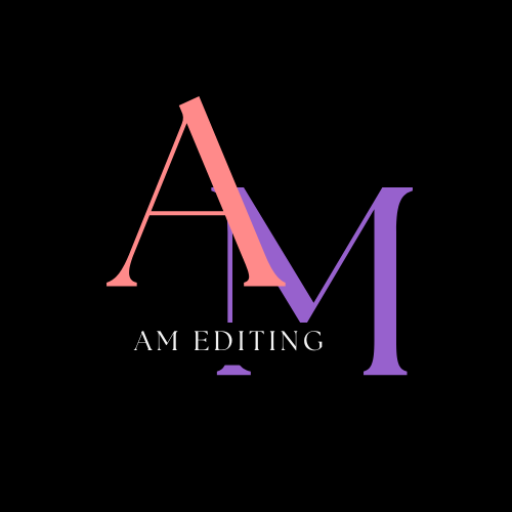
$0.035 per word

Copy editing and line editing are both essential stages in the editing process, but they involve different levels of detail and focus. Here’s a breakdown of each:
Copy Editing:
- Focus: Copy editing primarily focuses on improving the quality, clarity, and correctness of the written content. It addresses issues related to grammar, punctuation, spelling, style, consistency, and overall readability.
- Grammar and Syntax: Copy editors correct grammatical errors, such as subject-verb agreement, verb tense consistency, and sentence structure.
- Punctuation: They ensure proper usage of punctuation marks, such as commas, semicolons, colons, dashes, and quotation marks.
- Spelling and Typographical Errors: Copy editors identify and correct spelling errors, typographical mistakes, and inconsistencies in spelling throughout the text.
- Style and Consistency: They enforce a consistent writing style by following a specific style guide or adhering to an in-house style. This includes checking for consistent use of abbreviations, capitalization, and formatting.
- Clarity and Readability: Copy editors work to improve sentence clarity, eliminate redundancies, and suggest revisions to enhance the overall readability of the text.
Line Editing:
- Focus: Line editing goes a step further and focuses on the creative and stylistic elements of the writing. It involves a deep analysis of the text to enhance its flow, tone, and impact.
- Sentence-Level Improvements: Line editors pay close attention to sentence structure, word choice, and phrasing. They work to enhance the writing style, making it more engaging and effective.
- Voice and Tone: Line editors work to ensure that the author’s voice shines through and that the tone of the writing is consistent with the intended message and audience.
- Clarity and Flow: They aim to improve the overall flow of the narrative, ensuring that transitions between paragraphs and sections are smooth and logical.
- Stylistic Enhancements: Line editing may involve rephrasing or rewording sentences or paragraphs to achieve a more polished and appealing writing style.
- Eliminating Redundancies: Line editors help eliminate unnecessary repetitions or redundancies in the text.
- Enhancing Descriptive Language: They may suggest improvements in descriptive language to create vivid imagery and engage the reader more effectively.
While both copy editing and line editing aim to improve the quality of written content, line editing is more focused on the creative and artistic aspects of writing, making it particularly important for literary works, novels, and creative non-fiction. Copy editing, on the other hand, addresses the fundamental mechanics of writing and is crucial for ensuring clarity and correctness in any written document. Both types of editing are essential for producing high-quality written content.

Ready to turn your manuscript into a novel?
Fill out my contact form, and I’ll get back to you within two business days!
